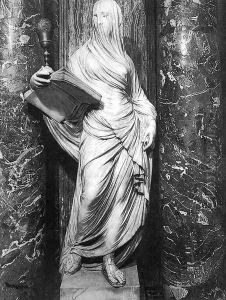Innocenzo Spinazzi Paintings
Innocenzo Spinazzi was an Italian sculptor born in 1726 in Florence, Italy, during a period when the Baroque style was giving way to Rococo and later Neoclassicism in European art. Spinazzi's work, however, is most closely associated with the Neoclassical movement, which sought to rediscover and emulate the arts of ancient Greece and Rome. This movement was characterized by its emphasis on simplicity, symmetry, and a return to classical themes and subject matter.
Spinazzi received his artistic training in Rome, which was the epicenter of the Neoclassical movement. There, he was deeply influenced by the discoveries of ancient Roman and Greek art and architecture, as well as by the works of contemporary artists who were leading the charge towards Neoclassicism. He was particularly skilled in sculpting marble, and his works are noted for their delicate detail, emotional depth, and adherence to classical forms.
Throughout his career, Spinazzi worked on numerous commissions for churches, private patrons, and institutions across Italy. One of his most notable works is the sculpture of St. Andrew for the St. Peter's Basilica in Vatican City, a commission that underscores the level of recognition and respect he attained. His sculptures often depicted religious figures, mythological scenes, and portraits, all imbued with a sense of dignity and grace that was typical of the Neoclassical style.
Despite his success, Innocenzo Spinazzi remained somewhat outside the central circle of Neoclassical artists, such as Antonio Canova, who were more prominent in northern Italy and other parts of Europe. Nonetheless, his work contributed significantly to the richness of Italian Neoclassical sculpture. Spinazzi passed away in 1798 in Florence, leaving behind a legacy that, while not as widely celebrated as some of his contemporaries, is appreciated for its refinement and adherence to classical beauty.
